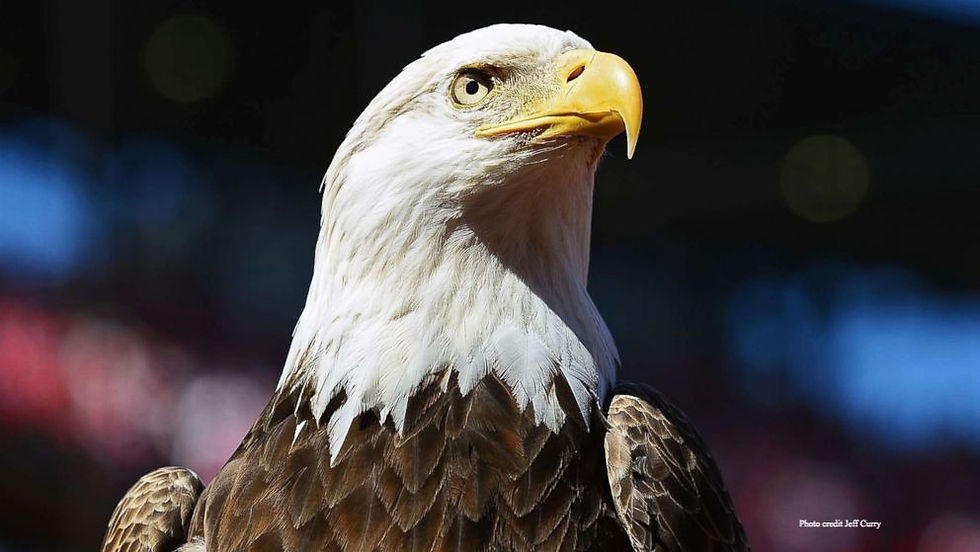CRITTER SPOTLIGHT: Northern Water Snake: Nerodia sipedon
- cynthiamorissette
- Jul 12, 2020
- 3 min read
Good Morning Watershed Explorers,
Did you know that ophidiophobia, the fear of snakes, is a fairly common phobia? Many people feel uneasy around these magnificent creatures, and I don't want to admit this, but I am one of them. Over the years, I have come to appreciate snakes, and understand their importance, but seeing one slithering around in-person still makes me squirm a bit.

In all my watershed travels, I haven't come across many snakes. In reality, aside from seeing snakes in zoos, the only other snakes I have come face to face with are garter snakes. That all changed a few weeks ago when my daughters and I first discovered, what we now think was a northern water snake. It was my oldest daughter who unearthed the snake while scooping at our favorite scooping spot. She stepped in the grass near the edge of the pond and the snake slithered quickly out into the water. It swam so fast in fact, it sent a chill up my spine. The snake was definitely more scared of us than we were of it, but I still felt uneasy with my girls around that part of the pond, so we quickly moved to the other side and gave the snake some space. Just this week, we went to the pond again, and low and behold we spotted the snake again, this time it was my feet that scared the snake from the edge of the pond into the water. The first time that we spotted the snake, I was not able to identify it. We thought it might be a king or milk snake, but this time we were able to get a very good look, and we believe that it was a northern water snake. After finding out that this snakes diet is mainly fish and amphibians, it makes perfect sense since the pond is inhabited by thousands of tadpoles, adult amphibians, and is usually also stocked with fish.
Habitat:
The northern water snake is found in the eastern half of the United States, especially in the Northeast and the Midwest. Northern water snakes prefer slow-moving bodies of water where they can bask in the sun, such as ponds, lakes, and vernal pools.
Diet:
Northern water snakes consume a variety of fish and amphibian species. They swallow their prey alive.
Watershed Role:
As discussed in every critter spotlight, all animals are part of the important watershed food chain, and snakes, of course, are no different. Snakes eat and are eaten by other animals. Every individual species plays a critical role in the health of watersheds. I feel this is important to remember, especially when writing about snakes. Most snakes will not bite unless they are provoked, but due to fear many people injure or kill snakes. It is always important to heir on the side of caution with any animal. As a scientist, my instinct is to use all my senses to observe creatures in their natural habitat, but if the animal is one that I am unsure of, I always try to give it ample space so that it doesn't feel threatened.
I hope this blog has given you a better appreciation for snakes. If you would like to learn a little more about Rhode Island's snakes, check out this page by the Rhode Island Department of Environmental Management http://www.dem.ri.gov/programs/bnatres/fishwild/pdf/snake.pdf
Please remember that it is always best to leave an animal alone, and observe from a distance if you aren't sure about it!
Happy Exploring Watershed Explorers!
Much love,
Mrs. Morissette






Comments